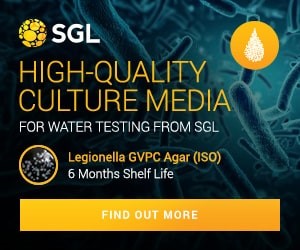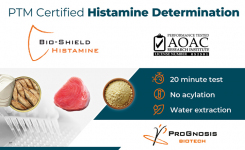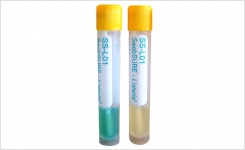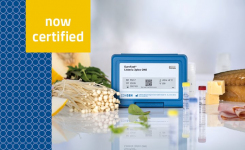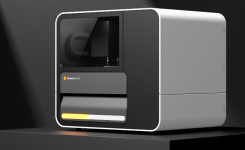Bacteriology - High-Magnification Microscopy with Immersion Oil
go back to news archives| | Several points should be considered when a specimen is being examined under a microscope. Bacteriological investigations focus primarily on the structural and cellular details of the specimen. When the specimen is being examined for specific details, the maximum magnification that can be used with a dry objective is 40x. For greater magnification than this (63x or 100x) an immersion objective is needed. |
These immersion objectives are designed so that the gap between the object and the objective is filled with a liquid which largely eliminates diffraction and enables a sharp image to be obtained, so improving the performance of the objective. The immersion fluid must satisfy various criteria. Its refractive index should be 1.515 (the same as that of glass) to render it invisible under the microscope. It must also have a viscous consistency to stop it migrating over the objective and dripping from it. Viscosity and density are important parameters to be considered when using the immersion fluid,so immersion fluids are usually in the form of an oil. Bacteriological specimens are normally not mounted for routine applications; i.e. they are examined dry or directly under immersion oil. The immersion oil must be inert and not attack or change the stain. Immersion oils should also have little, if any, intrinsic fluorescence so as to avoid causing interference during fluorescence investigations. Merck supplies a range of immersion oils:
Application Under the microscope, first locate the part of the dry specimen to be examined. Swing the lens holder away, place a drop of immersion oil on the specimen at the point to be observed and return the lens to its original position. When finished, clean the lens and the specimen with ethanol.
For further information about the wide range of immersion oil products available from Merck Millipore for high magnification microscopy , please contact Merck Millipore (see details above) or EMD Chemicals in the USA or click the link below. |
NOTE: This item is from our 'historic' database and
may contain information which is not up to date.
Source : Merck Millipore View Company Information
Posted on November 8, 2010


